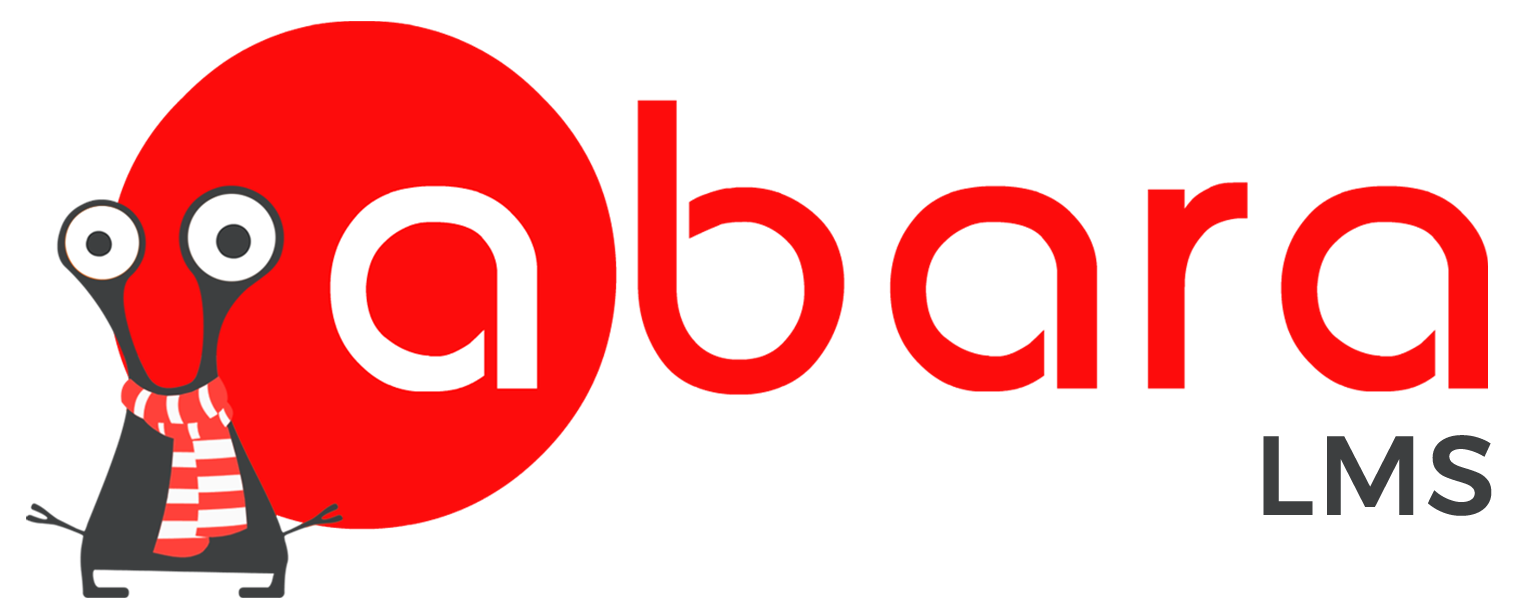The previous article spoke about training and development initiatives that were successful in 2019 and a few that were unsuccessful as well. This blog picks up from where we left and introduces a new training plan for 2020!
On this Page
Preparing a New Training Plan in 2020
The training mantra for 2020 revolves around one concept, ‘Employee Engagement.’
Our recommendation for the new year is to focus on employee engagement tactics.
Let us discuss them in detail!
Switch to an LMS with Improved UI and UX
Increased learner engagement buds from developing engaging courses to making training easily available on any device. However, most professionals in the pursuit of increased learner engagement forget one important factor, ‘the LMS’s ability to engage learners.’
To understand the concept of periodic optimizing or engaging UI and UX, you only need to look at social media giants like FB, LI, and Twitter. Periodic updates aimed at improving the UI and UX of their platform helps in retaining users over prolonged periods of time.
An LMS is sometimes very similar to social media platforms. The only difference is in its ‘intended use.’ Social media is an informal method of gaining information for personal use whereas the LMS is a formal source of obtaining information for corporate use.
Keeping social media’s popularity in mind, we re-designed Abara’s UI and UX, incorporating elements from social media sites into the LMS, making it as engaging as any social media platform.
The developers at Abara were presented with this vision, and their response to the need was equally impressive. The development team successfully designed a superior UI and UX which was engaging, and they incorporated the feeling of social media into the very DNA of Abara.
We personally think that the current LMS interface is too formal and not engaging. Learners need something fresh at the platform-level, and this approach to an LMS interface is sure to increase learner engagement.
Increased Use of Learning Objects
As stated, the mantra for 2020 is increased learner engagement. Keeping this mantra close to heart, here are two more approaches to improved training and development initiatives:
- 1.Introducing HTML page building
- 2.Role play Assessments
HTML Page Building
Most of us know how courses are built. Usually eLearning courses comprise of smaller modules that act as precursors to each other. A typical course consists of multiple modules of audio, video, and text. Learners progresses through the course by completing modules, eventually completing the course.
As one can guess, this repetitive process of completing modules in progression soon becomes old, resulting in disengagement. The solution to this is designing eLearning courses using HTML page building elements.
HTML page builders combine audio, video, and text-based learning objects together on one page to mirror a typical social media page.
The idea is to present learners with a new type of eLearning course where all types of objects are available at once allowing learners to absorb more information at once. Also, an HTML page builder type of eLearning is more engaging than regular eLearning courses.
Roleplay Assessments or Video-Based Response
A sub-section of social learning is a better-fitting description for this approach. However, to simplify the concept and talk about the advantages on a granular-level, we classify this approach for 2020 under a new learning object and refer to it as video-based response.
As the name suggests, video-based learner response is about responding to assessments via videos.
Why does it work? Not all assessments are written or MCQ-based. Sales pitches are always about the body language, confidence, and in-person negotiation skills.
Hence, a written sales pitch as a response from learners does not make sense. Instead, learners can send recorded videos of their sales pitch. Administrators or team leaders can view these videos and suggest changes as well.
The true benefit of video-based assessments lies in the utility of these videos. Administrators can sift through the answers looking for the best video and then share the same with all other learners.
Not only do learners get a first-hand idea of their colleagues’ approach to the problem, but the person sharing the video feels valued and appreciated as well.
Authoring Tools
Finally, the last initiative for 2020’s training plan is to enlist the help of authoring tools. As an L&D the ability to use authoring tools is paramount. It is an added skill on resume and knowing how to create content to train employees has many advantages. Authoring tools help deliver training when the need is hot and save costs as well.
An L&D with complete control over the training content creation and delivery is more inclined to succeed as they are aware of the timelines, budgets, training needs, and mindset of the learners, giving them a upper hand at creating courses.
Conclusion
2020 is a promising year for professionals interested in putting together a solid training plan.
It is recommended to keep in mind two essential points, the first is ‘simplify LMS and training administration, not complicate it’ and the second is ‘engaging learners results in successful training initiatives.’
Also, we have put together a solid LMS at Abara to achieve both these targets. If you’re interested in testing our platform, visit us at Contact Us and we’ll provide a free walk through of our platform. You can also write to us with your needs and requirements at contact@abaralms.com or click here m and activate a free 30-day LMS trial! However, we recommend contacting us before initiating one! We also develop custom eLearning courses, you may want to consider developing new courses for the upcoming challenges. Visit us at eNyota Learning to know more.

